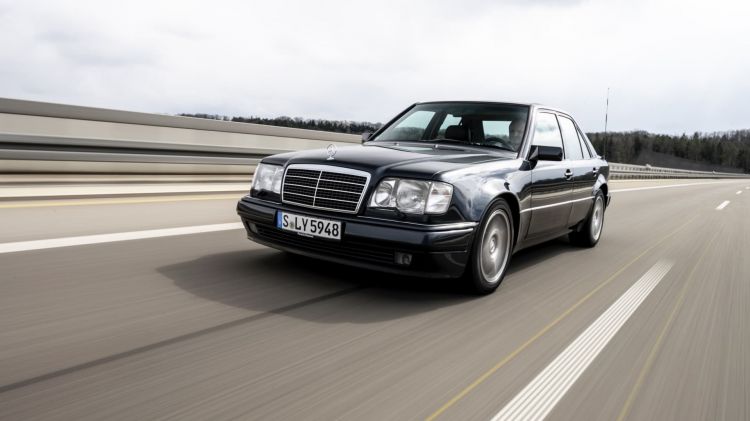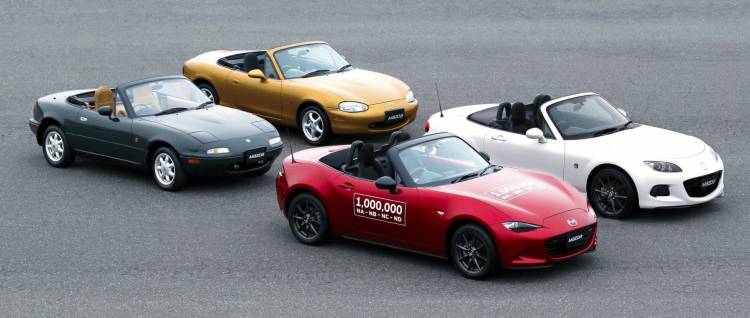A few days ago, the DGT gave great news to lovers of classic cars. The great news is that cars over 30 years old registered as historic will be able to circulate without restrictions in the 150 low-emission zones that will populate Spain from next January. A great respite for owners of a classic, but a headache for youngtimers, or young classicswhich remain in the same regulatory “limbo” as vehicles without an environmental label from the DGT.
In order for a classic vehicle to have unrestricted access to the future low-emission zones in Spain, it will have to meet several requirements. The first is be over 30 years old, so you can only do it if you are registered before 1993 – January 2023 is the starting signal for the Spanish ZBE. The second requirement is be registered as a historic vehicle. Until now, this has been an expensive, bureaucratic and extensive procedure, which the reform of the DGT promises to make much simpler, faster and more affordable – fortunately.
A youngtimer is a young classic or a potential classic, but not yet 30 years old to be considered historic.
This is great news for owners of a classic, but what if we have a youngtimer? there isn’t one precise definition of what a youngtimer is, but the best is “a young classic”. That is to say, a vehicle advanced in years, with a significant historical value and rarely seen on the roads, but a vehicle that is not yet considered a classic in its own right. Think of a first generation Porsche Boxster, a 1990s FIAT Coupe or those wonderful 1990s GTIs that so many fans love.
Most youngtimers do not have an environmental label from the DGT: only those that comply with Euro 3 regulations can boast a B label, and some only had it from 2001, when anti-pollution regulations became mandatory. The bulk of youngtimers have a few years left to be considered historic vehicles, and this relegates them to a dangerous “regulatory limbo”. For a few years they will have to suffer a “crossing the desert”, hidden from garage to garage, playing with the traffic restrictions of each ZBE.
Youngtimers with a B label, the least, will also be the first to be affected by future restrictions on cars with said label.
Many will disappear from municipalities with more than 50,000 inhabitants, others will hibernate in car parks for years. This phase can ruin very valuable vehicles, which could irreparably deteriorate or even be scrapped. Those that survive, already converted into full-fledged historic vehicles, will be able to circulate freely again. I’ve been a bit dramatic, but the truth is that with cars of a certain significance – and therefore a certain value – this will not be a big problem.
The problem is in the million common vehicles without a label that will suffer restrictions on their circulation as of January. Millions of vehicles whose owners don’t have the financial means to replace, especially with an overheated second-hand market and ever-higher prices. A transition to clean mobility that is necessary, but that will surely pay the lowest rents.






